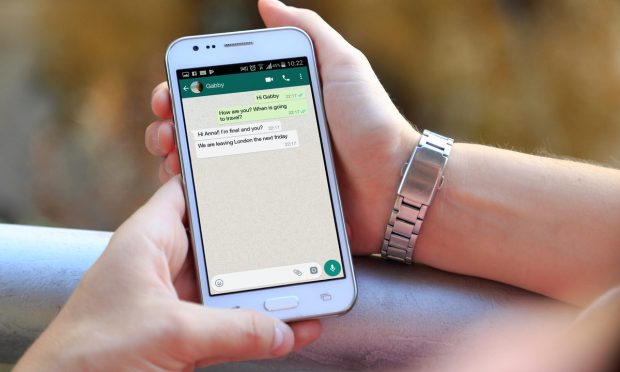Gupshup Unveils WhatsApp-Based eCommerce Tool

The business-to-consumer messaging company Gupshup has launched a commerce solution that lets businesses create digital storefronts on WhatsApp.
“Based on WhatsApp’s recently launched commerce capability, Gupshup can help a business manage the complete buying experience on WhatsApp,” the company said in a news release Monday (Dec. 20). “With more than two billion active monthly users in 180 countries using WhatsApp, it is the ideal conversational commerce platform for businesses.”
Gupshup says this solution also leverages its recently introduced 1-Click Bill Pay feature, which lets businesses connect payments through WhatsApp and other messaging platforms.
Read More: B2C Text Messaging Company Gupshup Lands Further $240M
With this new tool, companies can create a product catalog on WhatsApp, talk with customers using AI-powered chatbots, walk them through checkout and payment, offer 24/7 live and AI-powered customer support and present detailed and organized product descriptions.
Customers, meanwhile, can add preferred items to their WhatsApp carts, enjoy real-time interactions with businesses and pay using Gupshup’s 1-Click Bill Pay without needing to leave the chat window.
“Many businesses already leverage WhatsApp for pre-purchase and post-purchase journeys, and with the newly available eCommerce features, they can now manage the entire buying journey for customers on the world’s most popular messaging app,” the company said.
Read more: Gupshup Looks to Automation to Remove the Mess from Messaging
PYMNTS spoke to Gupshup CEO Beerud Sheth in August, when he said the company wanted to focus on “removing the mess from messaging” by giving people the information they need, but only when they it.
He said customers turn to his platform because messaging is the simplest way to reach consumers on their smartphone, and Gupshup’s solution is easier than building a new app.
“The app ecosystem only works for like the top 100 businesses, right?” he said. “Developing an app and getting it adopted, that’s tough. Even though there are millions of apps, most of us use no more than a dozen.”